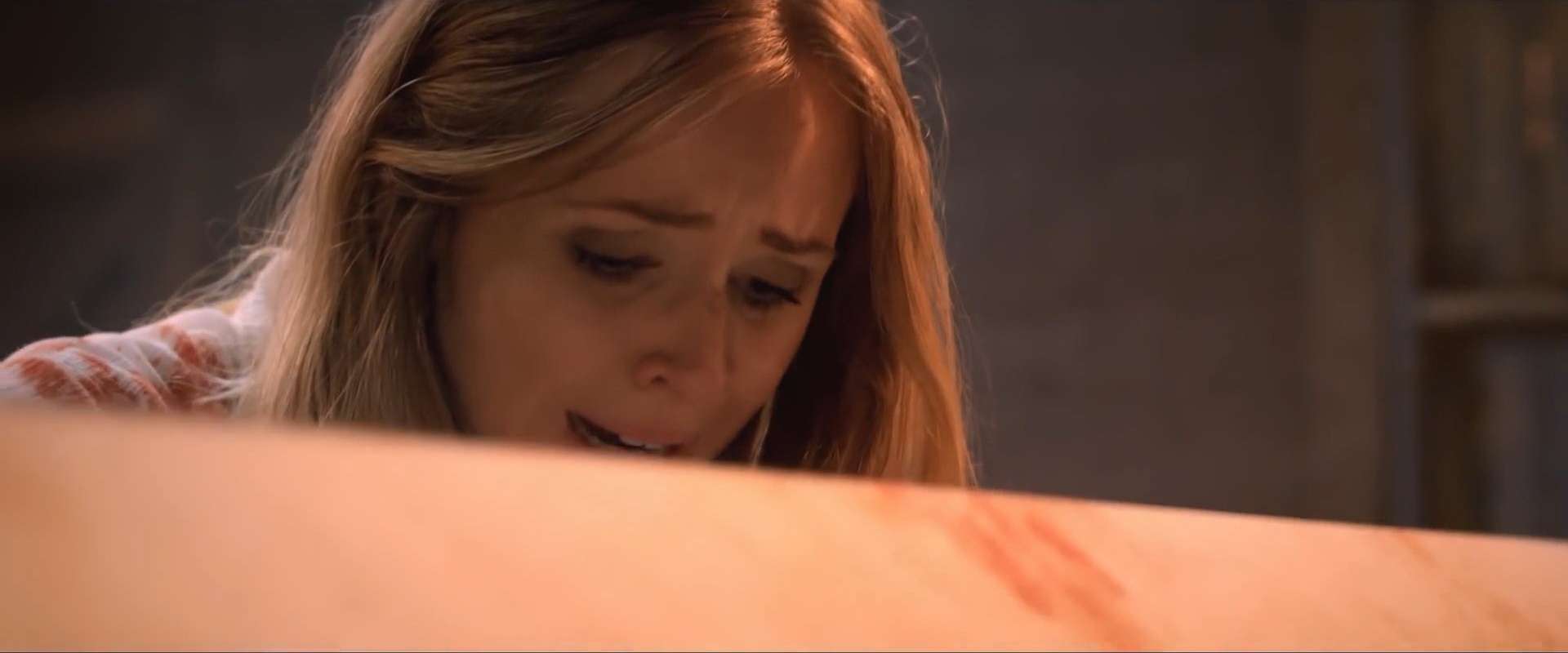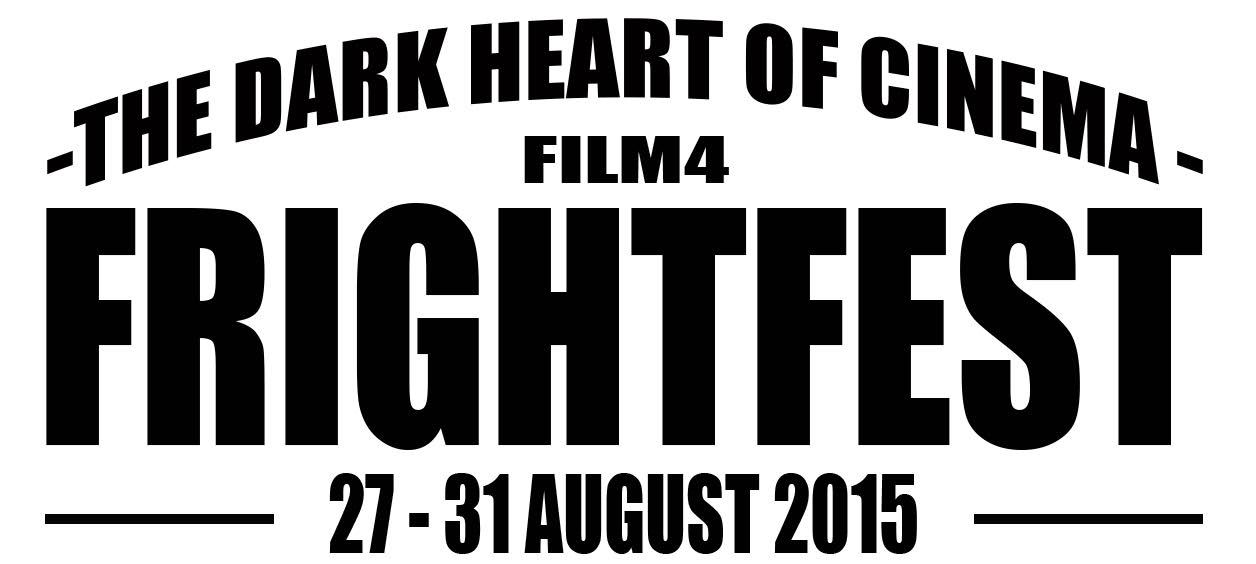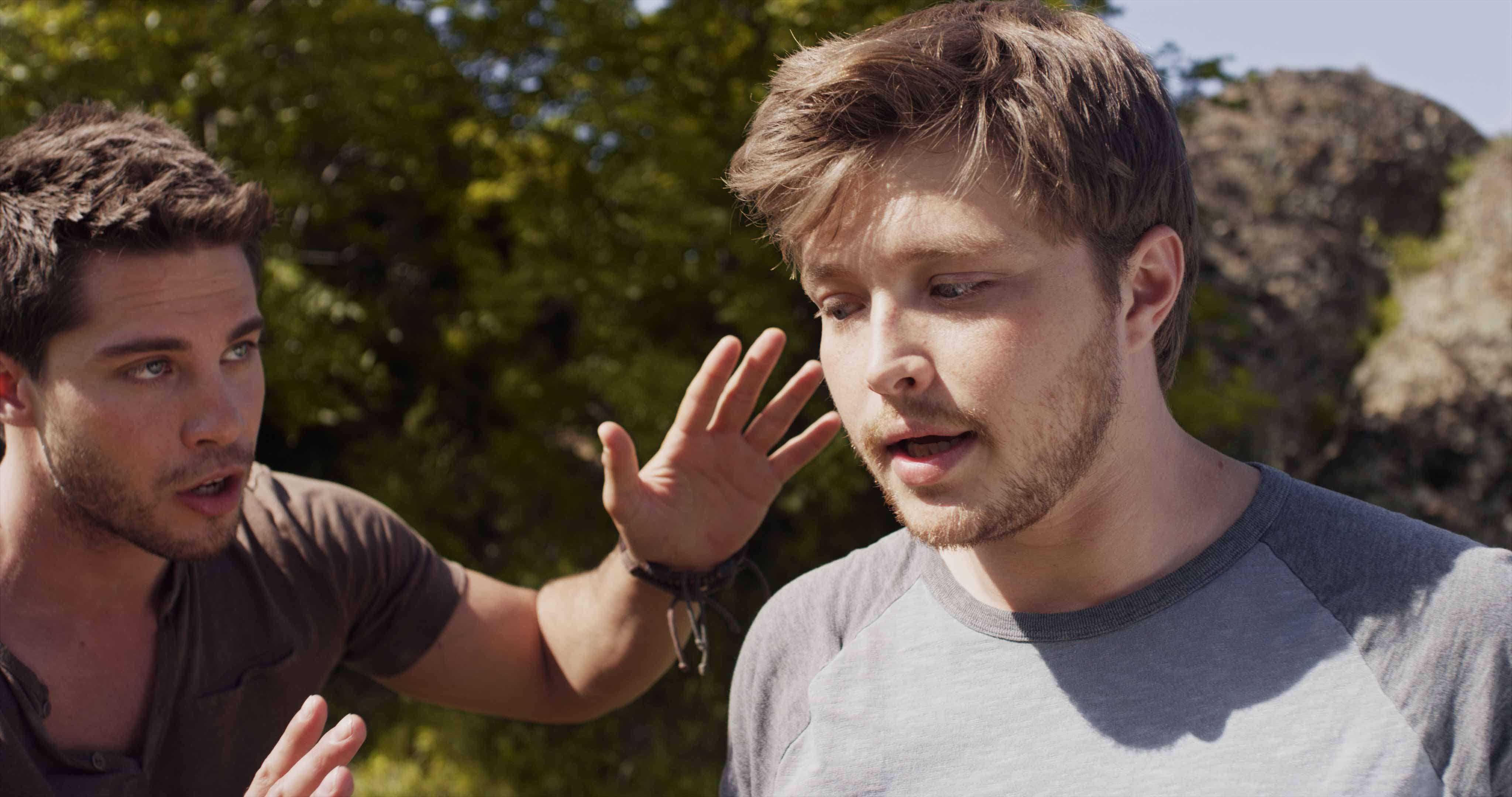Halloween is every horror nerd's favourite holiday. It's a great excuse for us all to spend a day indulging in horror movies. With this post I thought I would take the concept of a day of horror to its (il)logical conclusion and suggest a full 24 hours (1440 minutes) of horror movies you can watch in order to entirely devote your day to the darkest corners of cinema.
I've got it down to the minute, so you'll either want to have a kettle set up and sandwiches on standby or, perhaps a better idea, split the films over a couple of days, which you can do this year given that Halloween itself falls on a Saturday.
The films I've chosen here aren't all easy to get hold of, but I want you to be able to see them, so I've gone for the underseen, the underrated... and one modern classic, rather than total obscurities. I've also stuck entirely to films that I have seen, so I can know that each of the 16 films I'm suggesting is one that I would recommend as, at the very least, a good film (nothing less than 7/10 on our blood droplet scale). That doesn't mean they're all masterpieces, but the ones that aren't are certainly great entertainments.
 |
| Fight For Your Life |
I'm not going to suggest an order. The list encompasses slasher flicks, serial killers, ghosts, zombies, home invasion, giallo, vampires and more besides. I'll leave you to decide how you wish to order them should you want to watch the whole programme (let me know if you do, I'd be intrigued to find out how it works for you). So, without further ado, let's look very briefly at each of the films, in alphabetical order.
The Black Panther (1977, 98 Mins)
Extremely realistic and utterly chilling serial killer film from the UK. Based on a real case, it charts how Donald Neilson progressed from burglary to spur of the moments murders, to a meticulously planned and brutal kidnapping. I wonder whether the makers of Henry: Portrait of a Serial Killer and Roberto Succo saw it.
Closet Land (1991, 92 Mins)
Set entirely in a single room, this two hander is an escalating interrogation by government official Alan Rickman of Madeline Stowe, who plays a children's author suspected of inserting seditious material into her latest story. A tense and deeply uncomfortable film with great performances from Rickman and the often underrated Stowe.
 |
| Closet Land |
Skip the recently released Awaiting and see this, which deals in many of the same ideas, instead. Maury Chaykin plays a trucker who takes an unconscious accident victim (Paul Gross) home. Initially Chaykin and his daughter (Margaret Langrick) take care of him, but it soon becomes clear that he is a prisoner, intended as a gift for the daughter. An intense and convincing piece of psychological horror, with great performances.
Don't Torture a Duckling (1975, 105 Mins)
It's only relatively recently that Lucio Fulci has been given his dues as a filmmaker. This, for me, might be his very best film. It's a disquieting Giallo that sees an entire town become suspicious and fearful when children begin to be murdered. The mystery is reasonably well told, but the mood is what's striking, be it in the mob violence that results in a brutal chain whipping scene or Barbara Bouchet's unsettlingly sexualised performance.
Fight For Your Life (1977, 85 Mins)
Home invasion films were something of a staple of the Video Nasties list, this may not be the most violent, but it's certainly the most difficult to watch. A gang of escaped convicts, led by virulently racist Jesse Lee Cain (William Sanderson) take a middle class black family hostage and proceed to intimidate and torture them, until they fight back. The narrative is standard stuff, but it's strikingly acted and the politics still resonate.
Killer's Moon (1978, 92 Mins)
A very odd British proto-slasher finds a group of teenage girls stranded at a hotel closed for the winter, on what happens to be the night that a group of murderers on a new drug therapy that asks them to indulge their every fantasy escapes a local asylum. It doesn't end prettily. There are some great ideas here and the actors playing the killers are fantastic. This ought to be a cult classic.
Lair of the White Worm (1989, 93 Mins)
This is the 'worst' film I'm recommending. It's an outrageously camp Bram Stoker adaptation with Amanda Donohoe as a seductive woman who turns out to be some sort of snake/vampire/monster. Director Ken Russell, typically, turns everything up to 11. By any usual standards it's rubbish, but it's also tremendous fun.
 |
| Popcorn |
I'm no fan of either ghost movies or found footage, but this Australian film manages to do both effectively. By framing itself as a TV documentary, Lake Mungo lends an extra layer of verisimilitude to its question of whether or not probable murder victim Alice has been haunting her family home. The acting maintains the real world illusion and the chills up your spine work even on multiple viewings. By the way, stay for the end credits.
Martyrs (2008, 99 Mins)
The modern classic. I can't imagine programming a day of horror (for adults) without this film. It hits so many buttons for me, as well as being one of the great examples of several different horror subgenres, the way it invites us to reevaluate the genre and our relationship to its characters continues to fascinate. It's also fucking terrifying.
Popcorn (1991, 86 Mins)
Jill Schoelen is a sadly underrated scream queen and, outside of The Stepfather ('87), this is her best horror role. She plays one of a student film society who screen a rare horror film to raise money, of course it turns out that the killer from the film isn't dead, is at the screening and is after Schoelen. It's hokey stuff, but a lot of fun.
Requiem (2006, 88 Mins)
Exorcism films are another subgenre I'm pretty tired of, but this German example, based rather more closely on the same case that inspired The Exorcism of Emily Rose, is one of the best. The fear is all the more intense for the fact that the film remains totally grounded in the real. Everything here could be seen as a natural illness just easily as it could be framed as possession. Sandra Hüller's extraordinary and entirely sympathetic performance grounds it perfectly, and makes it scarier, because horror is always more unnerving when it happens to someone we care about.
See The Sea (1997, 52 Mins)
This may skirt closer to a psychological thriller, but throughout Francois Ozon's breakthrough short there is something worryingly off about Marina DeVan, as a drifter that new mother Sasha Hails allows to camp outside her house. It's a slow build, but the performances more than carry the film, and the shocking denouement is pure horror.
 |
| See The Sea |
It seems that this much maligned and belated sequel is finally being reclaimed for the tremendous entertainment it is. While other Chainsaw sequels have tried (read 'failed') to recapture the grinding terror of the original, Tobe Hooper knew better, throwing it out for a gory parody. The effects are fantastic, Caroline Williams makes for a strong and feisty final girl and the off the wall tone and performances are often hilarious. As long as you don't expect this to be like the first film, it's great. And hey, how can you dislike a film with Dennis Hopper using two chainsaws to fight Leatherface?
The Ugly (1997, 90 Mins)
This New Zealand film has shades of The Silence of the Lambs in its framing device, as a psychiatrist interviews a serial killer in prison, a little Henry in its flashbacks of him growing up and becoming a killer and a stylised eye to draw them together. It's not the most original of films and the supporting performances can be a little too winkingly OTT, but the excellent leads, the clean design, the use of colour and the black blood that is so strikingly used all make it stand out.
Wasting Away (2007, 96 Mins)
An overlooked zombie comedy that approaches the zombie film from the perspective of the undead. When a group of friends are turned, they don't realise it. We see both how they perceive things (as if the world has gone crazy and they are the only normal people left) and the reality that they are now shambling corpses with a thirst for brains. The conceit seems thin, but it holds together and the jokes stay fresh, even if the cast don't.
So, there you have it, 24 hours of recommended horror. I hope at least a few are new to you. If you decide to include any or all of these in your Halloween weekend then please let us know how you get on, either in the comments or on Twitter @AOTDBlog or @24FPSUK.
So, there you have it, 24 hours of recommended horror. I hope at least a few are new to you. If you decide to include any or all of these in your Halloween weekend then please let us know how you get on, either in the comments or on Twitter @AOTDBlog or @24FPSUK.













